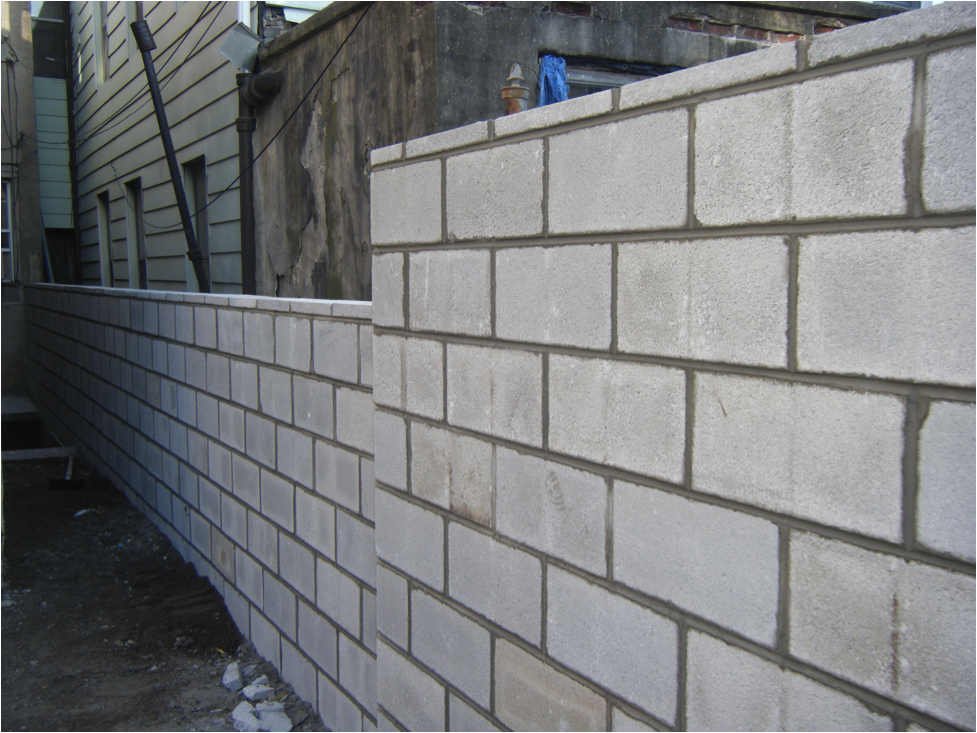Here are CMA Plastering, we consider ourselves experts in everything plaster related. This means that we frequently get clarifying questions from potential customers who aren’t even aware of the possibilities within their homes’ architecture.
There is a lot of terminology that gets tossed around. Once common misconception is between plastering and rendering. Time to clear this one up. Both plaster and render are different mortar coatings, which cover your blockwork. The coating used on the inside wall is plaster. However, the coating on external walls is render.
The consistency of the mortar is the most prominent difference that you notice between plaster and render. Render is thicker. It contains more cement and needs to withstand all weather conditions. That’s it’s main function, after all. If a building is made from mud blocks or even landcrete, it becomes absolutely necessary to use render. This is because when these blocks are exposed to weather and sediment, it will cause them to crumble and become soft under pressure. Any building should have its external walls completely covered in render. The walls that face towards the heaviest weather need the richest mix of render.
 Plaster on the other hand, ensures that walls are as smooth as possible, so it’s used on internal facing walls. When walls are smooth, they can be cleaned easier and decorated easier, whether you’re using paint or wallpaper. Back when walls were made from either clay or mud, plaster also ensured that internal walls were resistant to any fire damage.
Plaster on the other hand, ensures that walls are as smooth as possible, so it’s used on internal facing walls. When walls are smooth, they can be cleaned easier and decorated easier, whether you’re using paint or wallpaper. Back when walls were made from either clay or mud, plaster also ensured that internal walls were resistant to any fire damage.
Both plaster and render are composed of the same ingredients. A mixture of cement, sand, water and sometimes lime provides maximum performance. For render, sharp and coarse sands are the best. Sand used in plaster will need to be a lot finer for a smoother finish.
One step at a time, but CMA is happy to help clear up all of your plastering mysteries and questions.

